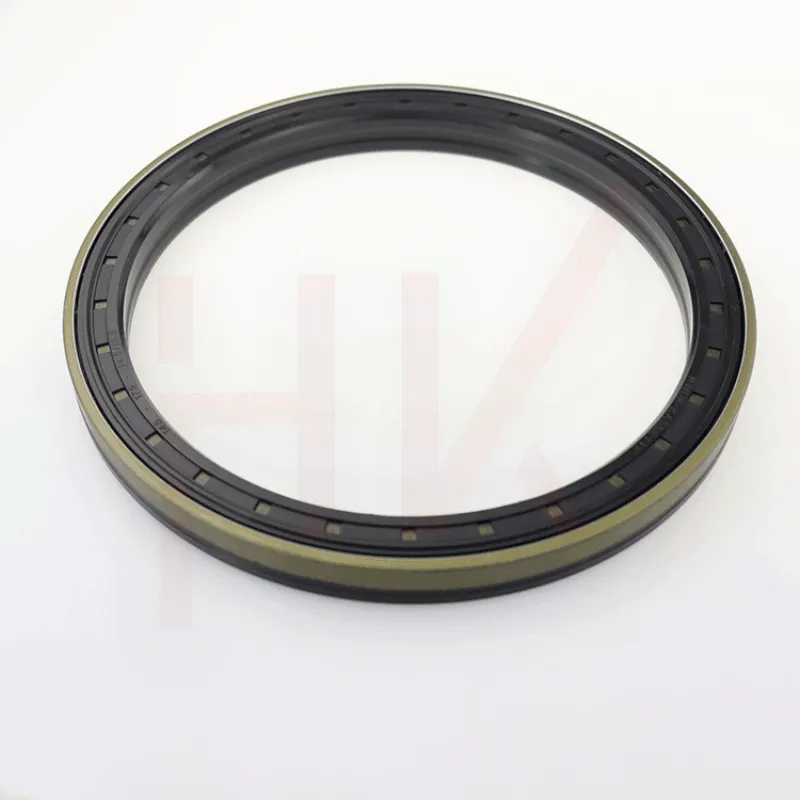Novemba . 05, 2024 06:20 Back to list
dust seal vs oil seal
Dust Seal vs. Oil Seal Understanding Their Roles and Differences
In the world of machinery and automotive applications, seals play a crucial role in preventing fluid leaks and protecting moving parts from contamination. Among the various types of seals, dust seals and oil seals are two of the most commonly used. While they may appear similar, each serves a distinct purpose and functions differently. Understanding the differences between dust seals and oil seals is vital for selecting the right seal for specific applications.
What is a Dust Seal?
A dust seal, often referred to as a dirt seal, is designed to keep contaminants such as dirt, dust, and debris from entering a mechanical assembly. These seals are typically made from durable materials like rubber or plastic and are used in various applications, including automotive wheel bearings, hydraulic cylinders, and other machinery where exposure to harsh environments is common. The primary function of a dust seal is to provide a barrier against external elements that could lead to wear or damage of the internal components.
The design of dust seals usually incorporates a simple lip that overlaps the shaft or housing. This lip creates a barrier that can effectively block particles. In some cases, dust seals may also feature a spring-loaded design to improve the sealing effect and ensure that the seal remains in contact with the surface it protects. By preventing the ingress of contaminants, dust seals significantly prolong the life of the machinery and reduce the need for maintenance.
What is an Oil Seal?
On the other hand, an oil seal, commonly known as a lubrication seal, is specifically designed to retain lubricants within a system while preventing leakage. These seals are crucial in applications where lubrication is essential for smooth operation and reducing friction between moving parts. Oil seals are frequently used in engines, gearboxes, and other types of machinery where oil is circulated to grease moving components.
Oil seals consist of a rubber or elastomeric body with a precisely molded sealing lip that fits snugly against a shaft. This design not only helps to retain the lubricant but also minimizes the loss of oil due to centrifugal forces. They often incorporate a metal casing that provides support and helps maintain the integrity of the seal under pressure. The sealing lip may also be designed to create a dynamic seal, adapting to the movement of the shaft while preventing oil from escaping.
dust seal vs oil seal

Key Differences Between Dust Seals and Oil Seals
While both dust seals and oil seals are critical for the function and longevity of machinery, their primary roles distinguish them from one another.
1. Functionality The main purpose of a dust seal is to prevent dirt and debris from entering a system, whereas an oil seal is designed to retain lubricants and prevent leaks.
2. Design Dust seals typically have a simpler design with a static lip that keeps contaminants out, while oil seals feature a more complex design that includes a dynamic sealing lip for fluid retention.
3. Applications Dust seals are commonly found in exposed environments and are used in applications like wheel hubs and hydraulic cylinders. In contrast, oil seals are used in enclosed systems requiring lubrication, such as engines and differentials.
4. Material Composition Both types of seals can be made from rubber or similar materials, but oil seals often use specialized compounds that can withstand exposure to various oils and lubricants without degrading.
Conclusion
In summary, while dust seals and oil seals may seem similar at first glance, they serve very different functions in machinery. Dust seals protect against external contamination, while oil seals maintain the internal lubricant, ensuring the smooth operation of mechanical components. Understanding these differences is critical for engineers and maintenance professionals to select the appropriate seal for specific applications, ultimately enhancing the efficiency and lifespan of machinery. Recognition of these roles ensures that equipment operates reliably in varying conditions, significantly reducing the risk of failures and costly repairs.
-
TCN Oil Seal Metal Ring Reinforcement for Heavy Machinery
NewsJul.25,2025
-
Rotary Lip Seal Spring-Loaded Design for High-Speed Applications
NewsJul.25,2025
-
Hydraulic Cylinder Seals Polyurethane Material for High-Impact Jobs
NewsJul.25,2025
-
High Pressure Oil Seal Polyurethane Coating Wear Resistance
NewsJul.25,2025
-
Dust Proof Seal Double Lip Design for Construction Equipment
NewsJul.25,2025
-
Hub Seal Polyurethane Wear Resistance in Agricultural Vehicles
NewsJul.25,2025
-
The Trans-formative Journey of Wheel Hub Oil Seals
NewsJun.06,2025
Products categories
















